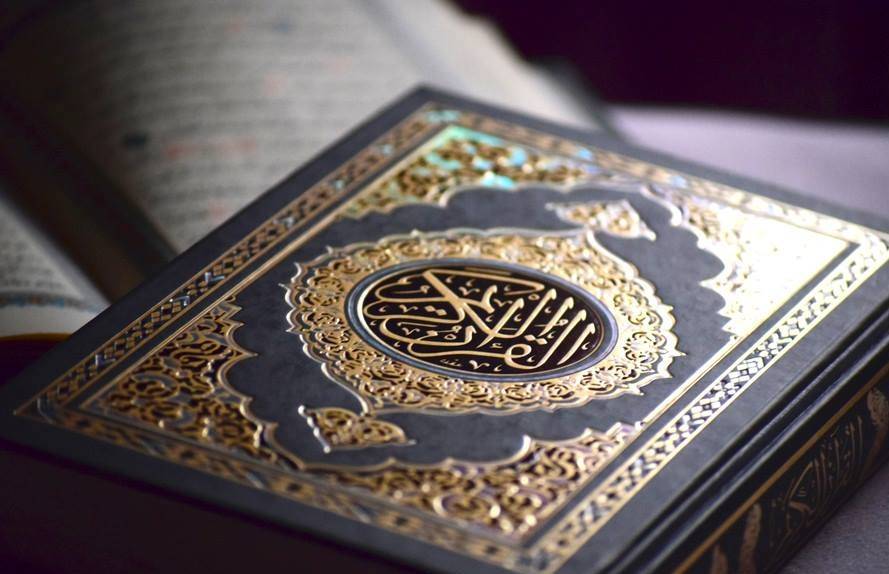Hawzah News Agency – In some books of Hadith and Qur’anic exegesis, there are certain narrations which have given grounds for the idea that some alteration of the Qur’an has in fact taken place, but the following points should be borne in mind:
1. Most of these narrations are transmitted by persons and in books that are not trustworthy, such as the Kitab al-qira'a of Ahmad b. Muhammad Sayyari (d. 286 ah). His narrations are classified as weak by those versed in knowledge of transmitters of hadith (‘ilm al-rijal); and his legal school is classified as corrupt.
Another such book is that of ‘Ali b. Ahmad al-Kufi (d. 352 ah), about whom the same scholars said: 'At the end of his life, he took the path of fanaticism (ghuluw).'
2. Those parts of these narrations that ostensibly relate to alteration are more akin to commentaries on verses. In other words, the content of a given verse is brought together with its meaning in a single narration, and some have wrongly supposed that the commentary is part of the verse, having elided it therewith. For example, the ‘straight path’ of the Sura al-Fatiha is read in some narrations along with its commentary, ‘the path of the Prophet and his family’. It is clear that such commentary is a way of affirming the sublimity of the Prophet.
3. Imam Khumayni has divided those narrations on the basis of which alteration is deemed to have taken place, into three categories: (a) weak reports, in which nothing is proven; (b) forged reports, in which interpolations are clearly evident; and (c) strong reports, which, if their import be carefully considered, reveal that what appears to be an alteration of Qur’anic verses is in fact a comment upon the meanings of these verses, not a change in the literal wording of the Qur'an.
4. Anyone wishing to attain a true understanding of the actual beliefs of a given school of thought must study the authoritative books on doctrine and belief as found in that school, rather than looking at some books of narrations compiled by those whose aim was but to gather up material, leaving to others the task of verification and evaluation. Similarly, referring to a few unusual opinions held by some followers of the school is insufficient for arriving at a sound knowledge of the school, as is basing oneself on the words of one or two people who oppose the majority of the authoritative scholars in the school of
thought.
To conclude this discussion on alteration, it is necessary to note the following points.
Any mutual recrimination by the adherents of different schools of law in Islam, especially in the current age, has as a result only the weakening of the unity of the umma. If some Shi’i scholars have written books in which the alteration of the Qur’an is mentioned, we observe that, after the publication of such books, Shi’i scholars have written many refutations of the errors contained in them.
In like manner, when an Egyptian scholar published the book al-Furqan in 1345/1926, in which he tried to prove that the Qur’an had been altered—basing himself upon certain narrations found in the books of the Sunnis, concerning the abrogation or writing of certain Qur’anic verses—the Shaykhs of al-Azhar repudiated the opinion and banned the book.
The revealed Book for all the Muslims of the world is the Glorious Qur'an, consisting of 114 Suras, of which the first is the Sura al-Fatiha, and the last is the Sura al-Nas. In this book of divine speech, the name 'al-Qur'an' has been mentioned with certain qualifying adjectives, such as Glorious (majid), Noble (karim) and Wise (hakim). Muslims occasionally refer to it as the mushaf, which in Arabic denotes any collection of written pages gathered up as in a scroll. It is related that after the passing away of the Prophet(pbuh), when all the Suras of the Qur'an had been collected in a single compilation, it was proposed by certain companions to keep it in this form. Therefore, the mushaf came to refer to the collected, written pages of a document, gathered in the form of a single book, whether it be the Qur’an or any other document.
The Qur'an refers to the record of deeds as a suhuf:
And when the pages (suhuf) are laid open. (Sura al-Takwir, LXXXI:10)
It also refers to other scriptures as suhuf:
The Books of Abraham and Moses. (Sura al-A’la, LXXXVIII:19)
These verses show that the words suhuf or mushaf had a broad meaning, and so came to be regarded as one of the names of the Qur’an after the passing away of the Prophet. It should come as no surprise that the writings from the hand of the Prophet’s daughter are also referred to as mushaf. The nature and content of this mushaf is described by Imam Sadiq in the following narration: ‘Fatima lived for seventy-five days after the death of the Prophet, in a state of great sorrow. Gabriel, by God’s command, came to her and told her of the Prophet’s rank in the divine proximity, thus consoling her. He also told her of events that would take place after her [death]. Imam Ali wrote, at Fatima’s dictation, what Gabriel had said, and it is to this piece of writing that the mushaf of Fatima refers.’
Abu Ja'far relates from Imam Sadiq: 'The mushaf of Fatima has nothing in it of the Qur'an; rather its contents were cast unto her [through inspiration] after the death of her father.'
There are exalted individuals who, while not being Prophets or Messengers, nonetheless are spoken to by angels. These individuals are called muhaddath [literally: ‘spoken to’] and the blessed daughter of the Holy Prophet was a muhaddath. We shall have occasion to return to this term below.
Reference:
Ayatollah Jafar Sobhani, Doctrines of Shii Islam, A Compendium of Imami Beliefs and Practices, Translated and Edited by Reza Shah-Kazemi, published by I.B.Tauris Publishers, London • New York 2003.

